Increased Construction Activities
The Ceramic And Natural Stone Tile Market is significantly influenced by the rise in construction activities across various sectors. With urbanization and population growth, there is a continuous demand for new residential and commercial buildings. According to recent data, construction spending has seen a steady increase, with projections indicating a growth rate of around 4% annually. This surge in construction not only boosts the demand for ceramic and natural stone tiles but also encourages innovation in design and functionality. Builders and architects increasingly incorporate these materials into their projects due to their durability and aesthetic qualities. As construction activities expand, the Ceramic And Natural Stone Tile Market is poised to capitalize on this trend, providing a wide range of options to meet the evolving needs of the market.
Rising Demand for Aesthetic Appeal
The Ceramic And Natural Stone Tile Market experiences a notable increase in demand driven by consumers' desire for aesthetic appeal in residential and commercial spaces. As interior design trends evolve, the preference for visually striking materials has surged. This trend is particularly evident in urban areas where homeowners and businesses seek to create unique environments. The market for ceramic and natural stone tiles is projected to grow at a compound annual growth rate of approximately 5% over the next few years, indicating a robust interest in these materials. The versatility of ceramic and natural stone tiles allows for various applications, from flooring to wall coverings, further enhancing their appeal. As consumers become more discerning about design choices, the Ceramic And Natural Stone Tile Market is likely to benefit from this heightened focus on aesthetics.
Sustainability and Eco-Friendly Materials
The growing emphasis on sustainability within the Ceramic And Natural Stone Tile Market reflects a broader societal shift towards eco-friendly materials. Consumers are increasingly aware of the environmental impact of their choices, leading to a preference for tiles that are sustainably sourced and produced. Many manufacturers are adopting eco-friendly practices, such as using recycled materials and reducing waste during production. This trend aligns with the increasing regulatory focus on sustainability in construction and design. As a result, the market for ceramic and natural stone tiles that meet these eco-friendly criteria is expected to expand. The Ceramic And Natural Stone Tile Market is likely to see a rise in demand for products that not only offer aesthetic appeal but also contribute to environmental conservation.
Technological Innovations in Manufacturing
Technological advancements play a crucial role in shaping the Ceramic And Natural Stone Tile Market. Innovations in manufacturing processes have led to improved efficiency, reduced costs, and enhanced product quality. For instance, the introduction of digital printing technology allows for intricate designs and patterns that were previously unattainable. This technology not only broadens the design possibilities but also caters to the growing consumer demand for customization. Furthermore, advancements in tile durability and resistance to wear and tear have made ceramic and natural stone tiles more appealing for high-traffic areas. As manufacturers continue to invest in technology, the Ceramic And Natural Stone Tile Market is expected to benefit from these enhancements, leading to increased market competitiveness and consumer satisfaction.
Expansion of Retail and E-commerce Channels
The expansion of retail and e-commerce channels significantly impacts the Ceramic And Natural Stone Tile Market. As consumers increasingly turn to online platforms for their purchasing needs, the availability of ceramic and natural stone tiles through e-commerce has grown. This shift allows consumers to access a wider variety of products and compare prices more easily. Additionally, many retailers are enhancing their online presence, offering virtual showrooms and augmented reality tools to help customers visualize products in their spaces. This trend is likely to drive sales and increase market penetration, particularly among younger consumers who prefer online shopping. The Ceramic And Natural Stone Tile Market stands to gain from this digital transformation, as it opens new avenues for reaching potential customers and expanding market share.


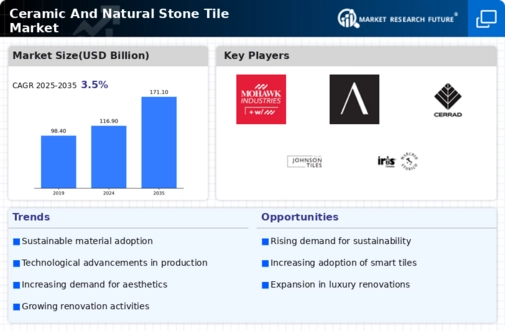

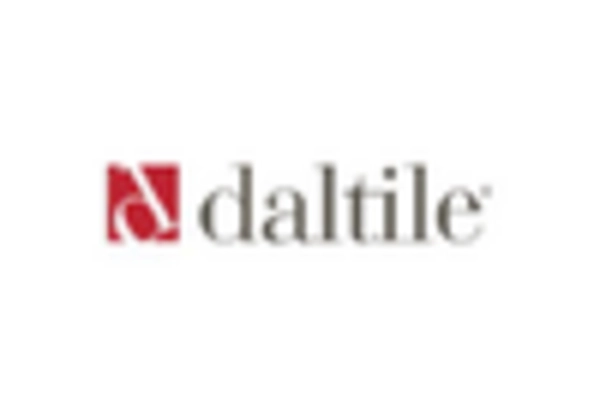

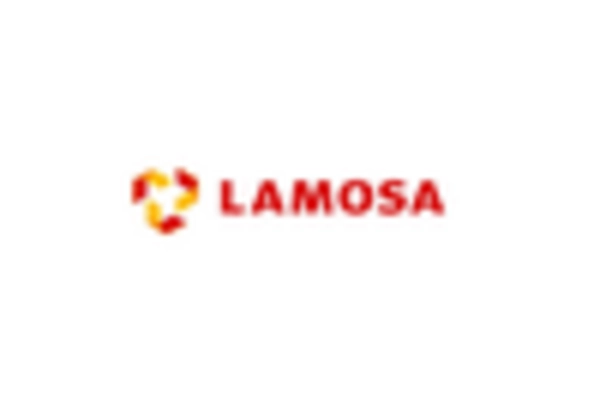
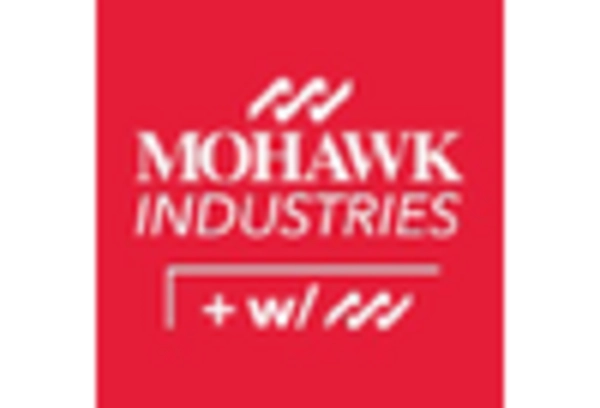
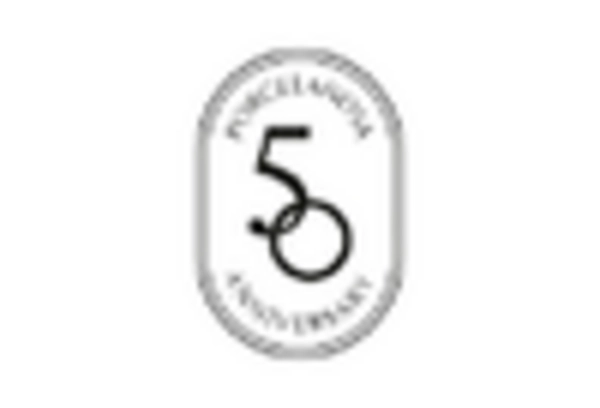










Leave a Comment